Kents Cavern has a rich geological history dating back to 385 million years ago when the Devonian limestone which surrounds the cave was formed. The rock was formed in a shallow sea south of the equator by the bones of sea creatures and coral compacting together on the sea bed.
Over millions of years, tectonic plates joined continents together, forcing the rock out of the ocean, folding it and creating a mountain range which spread from North America and throughout Europe. Some time later, these mountains were eroded by wind and rain, and the continents drifted apart to make them as we know today.
2.5 million years ago, the limestone rock here was eroded on the inside by a river, eventually creating these caves.
From 500,000 years ago, ancient species of human and extinct animals began using Kents Cavern as a place to shelter, leaving behind flint tools and bones for archaeologists to uncover thousands of years later.
In 1825, Father John MacEnery carried out the first systematic exploration of Kents Cavern, discovering some of the earliest evidence for the antiquity of man.
During the Great Excavation (1865-1880) William Pengelly uncovered over 80,000 prehistoric bones, teeth and tools in the cave, helping to prove human antiquity, and in the process, developed a meticulous excavation technique which went on to influence all archaeological work to this day.
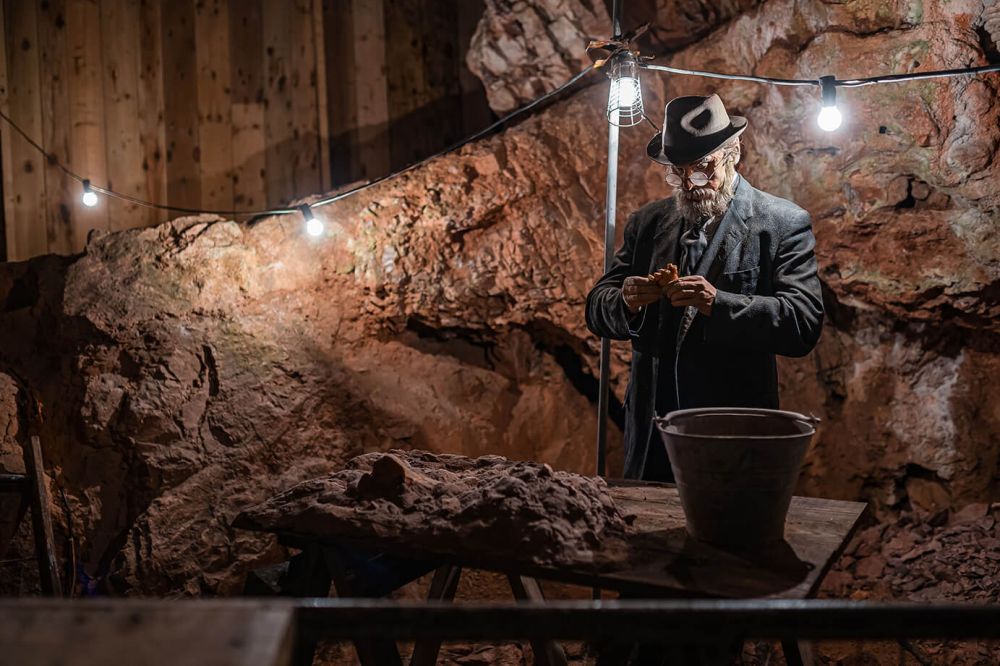

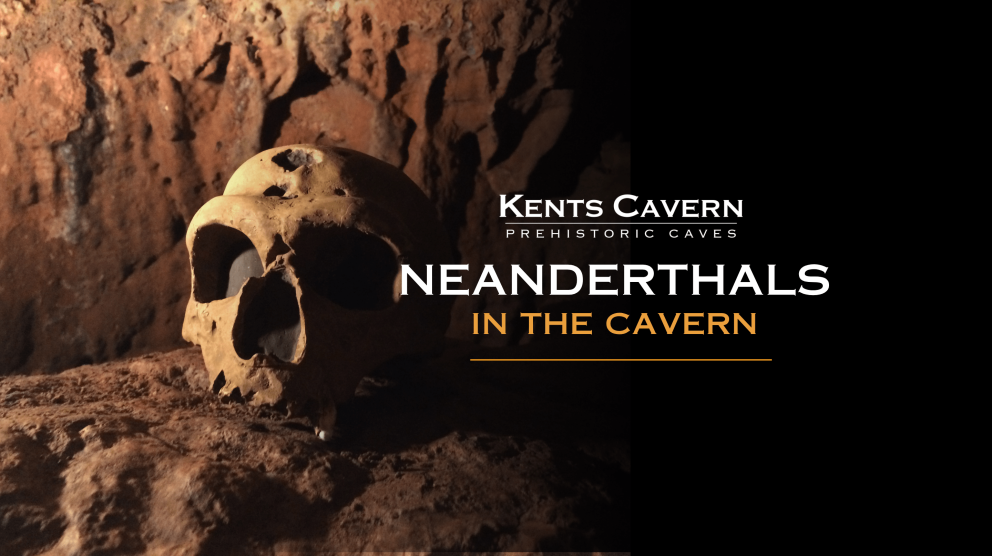
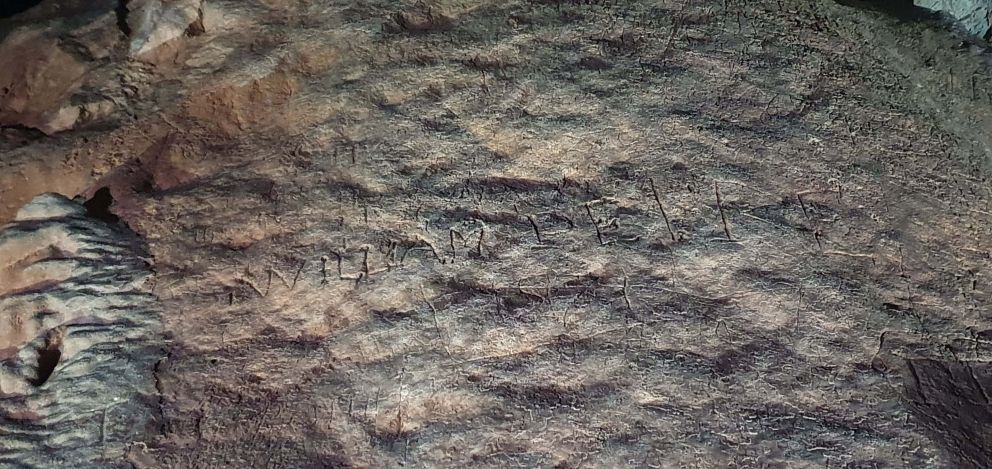
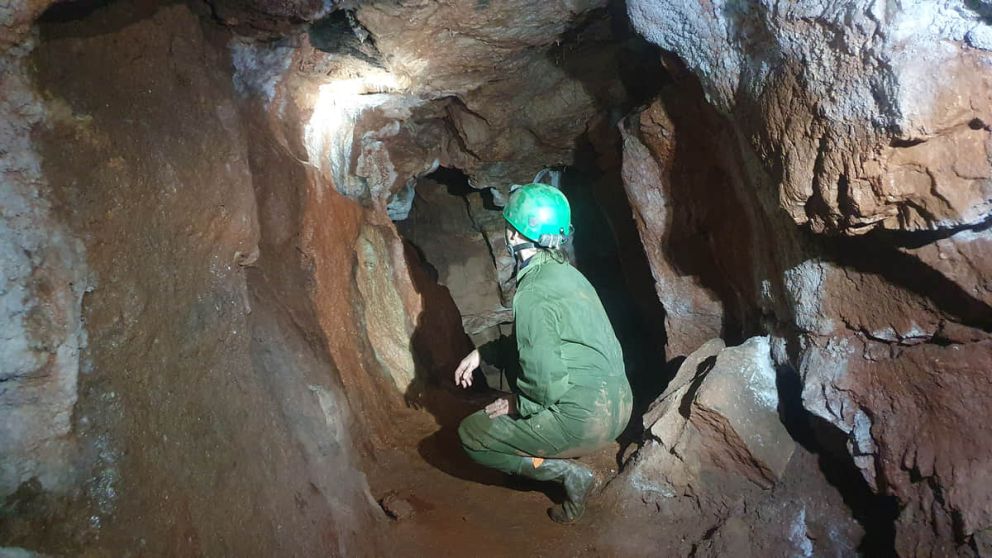
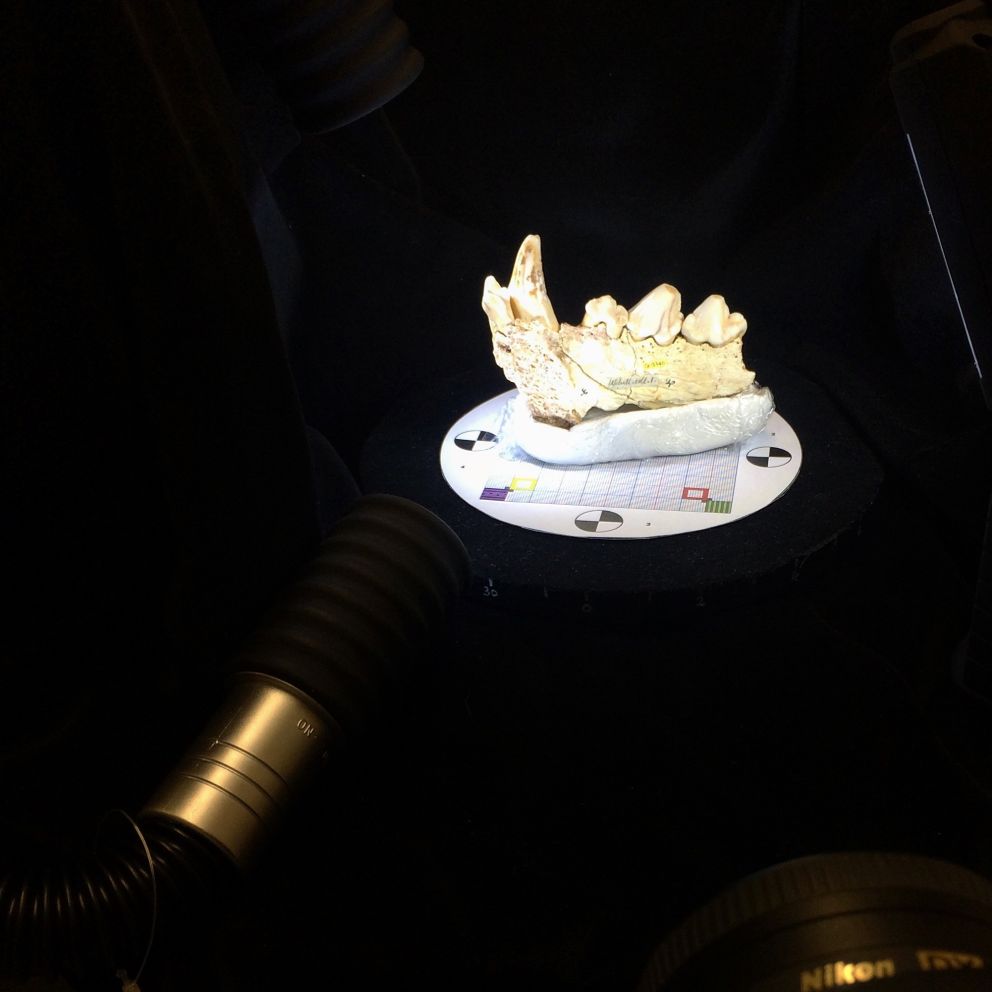
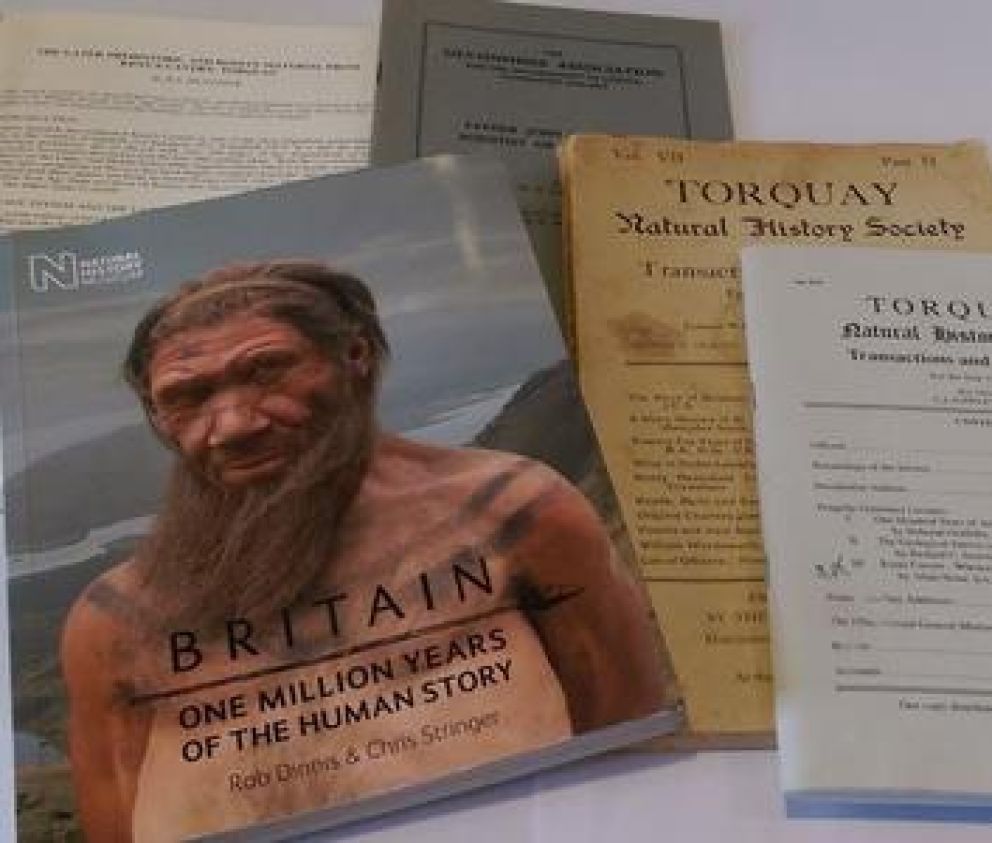

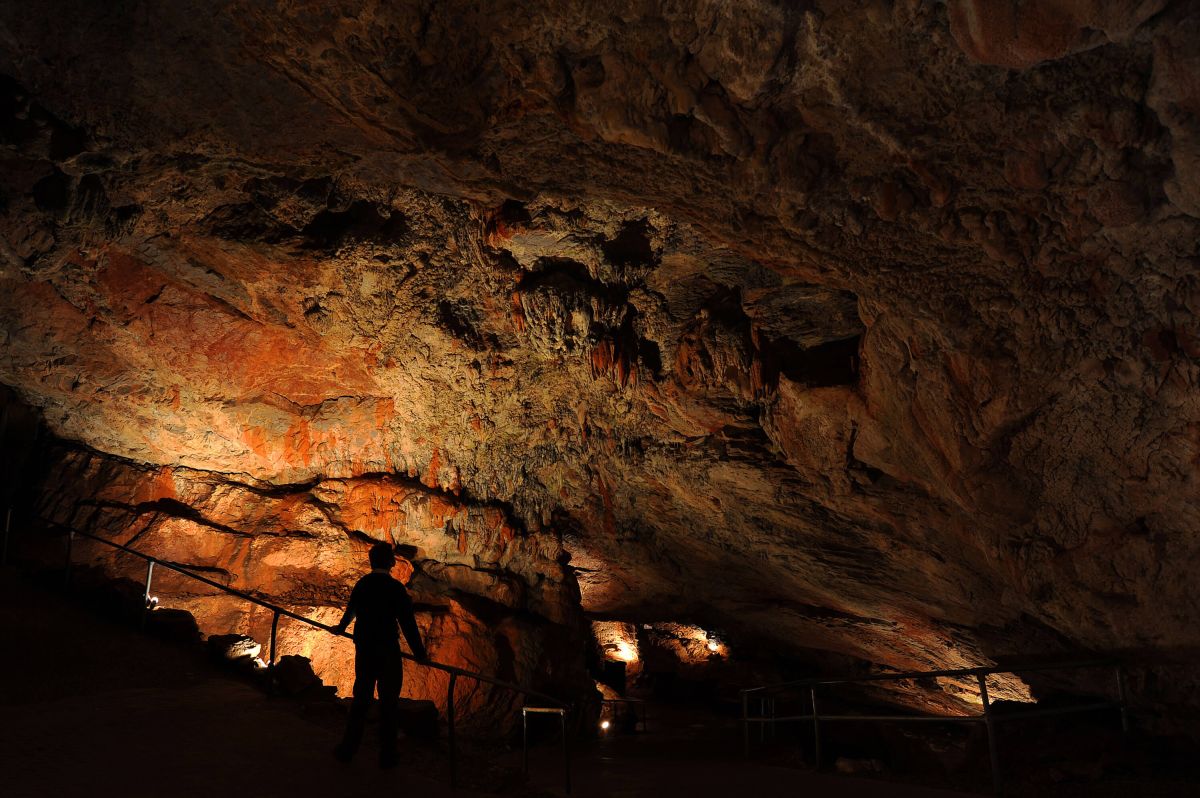

 picked.cave.lively
picked.cave.lively
